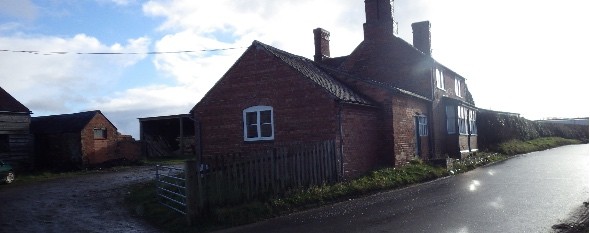| In order to discharge the contaminated land planning condition attached to the decision notice Demeter Environmental were commissioned to prepare the reports required to discharge the condition.
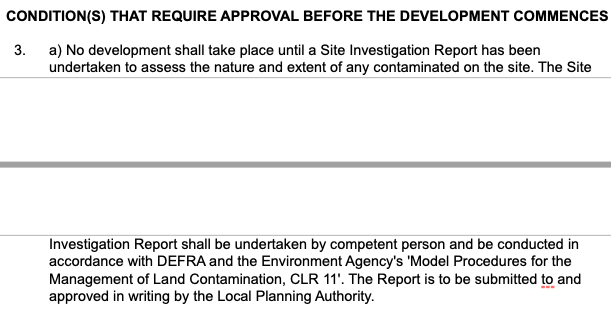
In line with best practice (CLR 11 at the time) the fist stage was to determine what potential issues could be present on the site, which required the preparation of a Phase I desk study report.
A desk study determines what issues relating to historical contamination may affect the site, this is undertaken by reviewing the site history using a combination of O.S. maps, aerial, plates and street level imagery, a review of data held by regulatory bodies (Environment Agency, local authority, BGS etc.) as well as a site walkover survey.
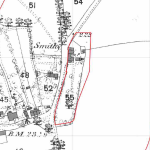 Th Th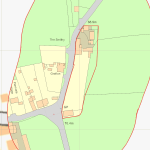 e review of the site history revealed the site was formerly a Smithy which was present prior to the first edition Ordnance Survey map from 1871, a number of parcels of in-filled land were identified on the historical maps within 250m of the site. e review of the site history revealed the site was formerly a Smithy which was present prior to the first edition Ordnance Survey map from 1871, a number of parcels of in-filled land were identified on the historical maps within 250m of the site.
Information provided by regulators identified as gravel pit and a number of in-filled ponds within 250m.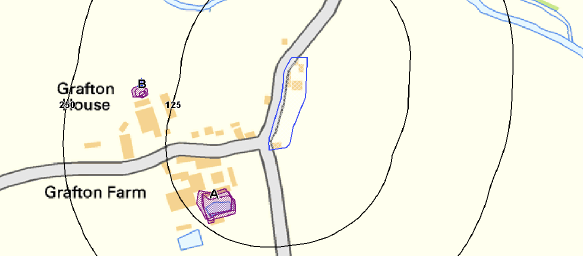
On. completion of the desk bases assessment a site walkover survey was undertaken, this revealed that a number of buildings as well as gravel made ground was identified during the walkover survey.
The qualitative risk assessment concluded that the off site potential sources of contamination could be discounted as credible sources as part of the qualitative risk assessment, the made ground on the site and the former smithy were credible sources and an intrusive Phase II investigation was required to fully assess the ground conditions and the risk to the end users.
The Phase II investigation was undertaken in April 2014 and comprised of the excavation of fifteen trial pits across the site. Made ground was identified in an area around trial pit TP109, which chemical analysis indicated was impacted y elevated levels of contamination, and the report recommended that the made ground was removed from garden and landscaped areas.
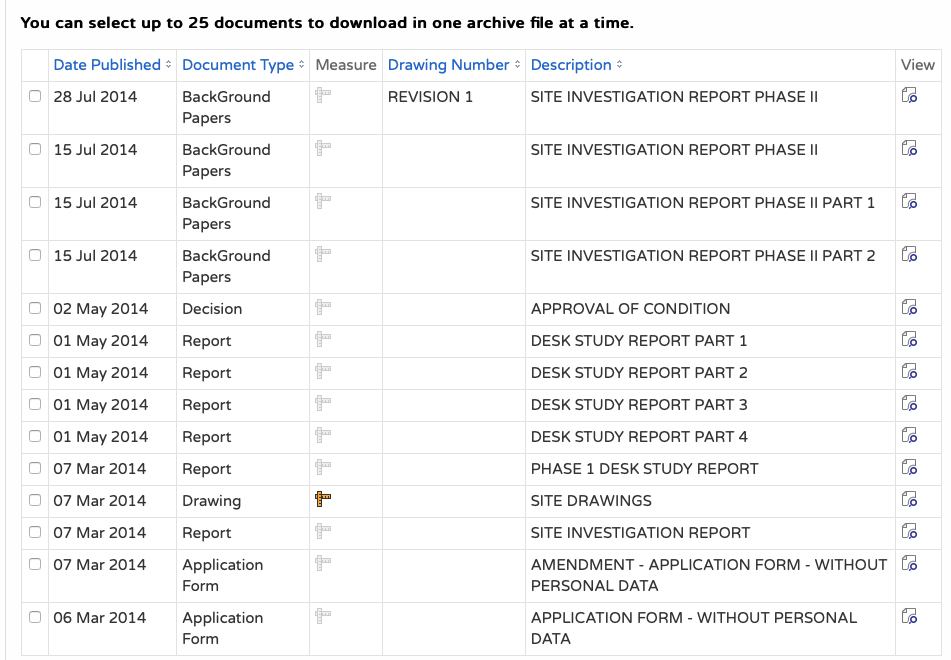
 The Phase I and Phase II reports were submitted together to partly discharge the condition (14/01023/DIS), the memo (APPROVAL OF CONDITION confirmed the reports were accepted and contaminated land planning condition partially discharged. The Phase I and Phase II reports were submitted together to partly discharge the condition (14/01023/DIS), the memo (APPROVAL OF CONDITION confirmed the reports were accepted and contaminated land planning condition partially discharged.
|
